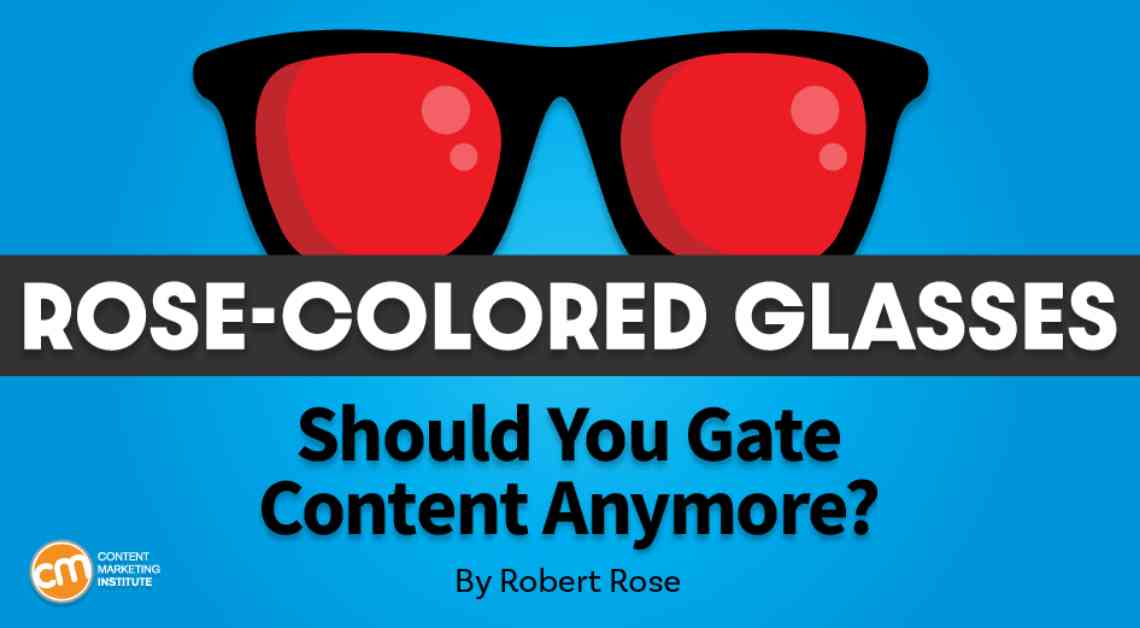In the dynamic landscape of B2B content marketing in 2024, the debate around gating content continues to spark discussions and disagreements among marketing and sales teams. The question remains – is gating content still a viable strategy in today’s digital age?
The argument for gating content is often championed by sales teams who believe that it is the most effective way to generate qualified leads and opportunities. They argue that gating content is essential for measuring the success of content marketing initiatives. However, this perspective is not without its flaws. Gated content can create barriers to engagement, limit SEO indexing, and hinder the process of audience building and selling.
On the other hand, some marketers argue against gating content, citing the challenges it poses to engagement and audience growth. They believe that gating content can alienate potential leads and hinder the organic flow of information. However, there are instances where gated content has proven to be successful in attracting engaged audiences who are genuinely interested in building a relationship with a brand.
The emergence of AI search has added a new dimension to the debate. Should valuable content be gated to prevent it from being displayed as a “no click” answer in search results or AI-generated content? The answer to this question is not straightforward, and the struggle to find the right balance continues.
It’s important to note that gating content is not a black-and-white issue. While acquiring first-party data through gated content can lead to valuable insights and opportunities, it is equally important to consider the impact on audience engagement and long-term relationships. Balancing the need for lead generation with the goal of building a loyal audience requires a strategic approach that takes into account the unique goals of the business.
When considering whether to gate content, it’s essential to understand the difference between building an audience and moving them through the buyer’s journey. Building an audience involves attracting individuals who may not be immediate buyers but are interested in the value of the content being offered. On the other hand, moving an audience focuses on guiding individuals through the buying process and converting them into customers.
To effectively balance these goals, marketers can rely on what I call the “three laws of audience motion.” These foundational concepts help in understanding how audiences behave and interact with content along their journey. The first law emphasizes the importance of consistently providing valuable content to keep audiences engaged. The second law highlights the need to keep audiences moving through the buyer’s journey by offering relevant and timely information. The third law underscores the importance of nurturing engaged audiences to increase the likelihood of conversion.
By aligning content creation, distribution, and promotion with the goals of moving and building audiences, marketers can create a holistic strategy that delivers value across both objectives. Whether it’s through gated content forms, subscription models, or targeted campaigns, the key is to measure the impact of each approach and adapt strategies accordingly.
In conclusion, the debate surrounding gating content in B2B marketing is ongoing, with valid arguments on both sides. To navigate this complex landscape, marketers must consider the unique goals of their business and develop a strategy that balances the need for lead generation with the goal of building a loyal audience. By understanding the laws of audience motion and leveraging data-driven insights, marketers can create content that resonates with audiences and drives meaningful results.









